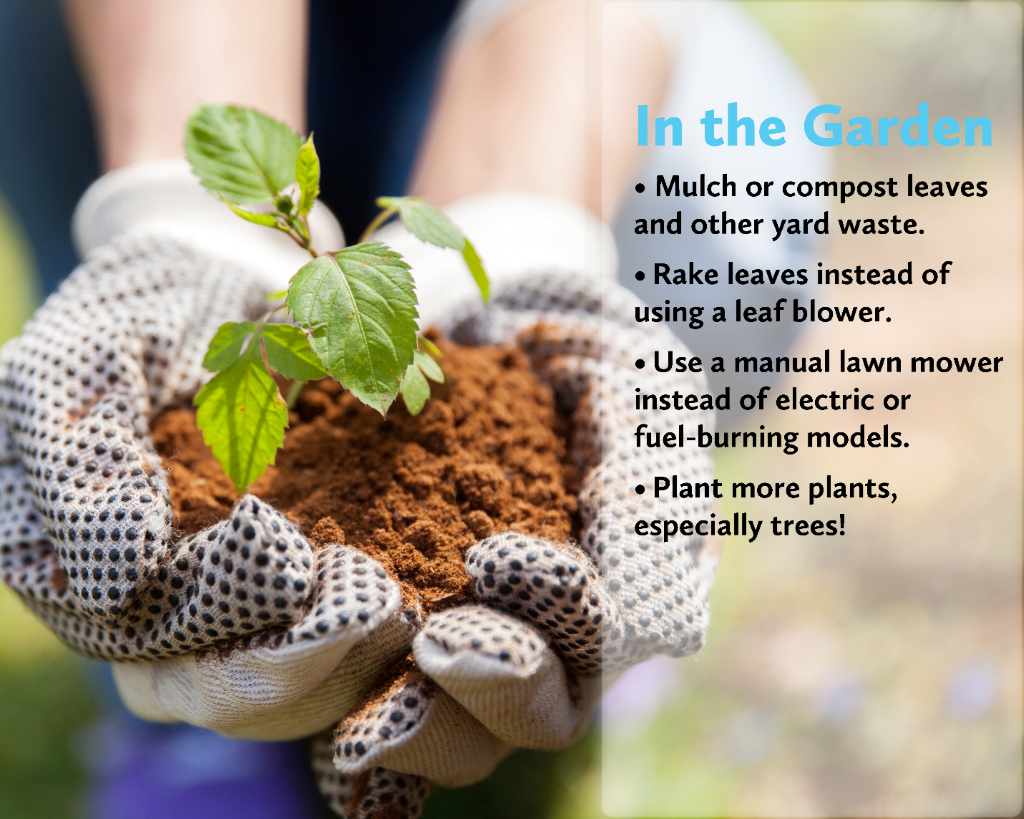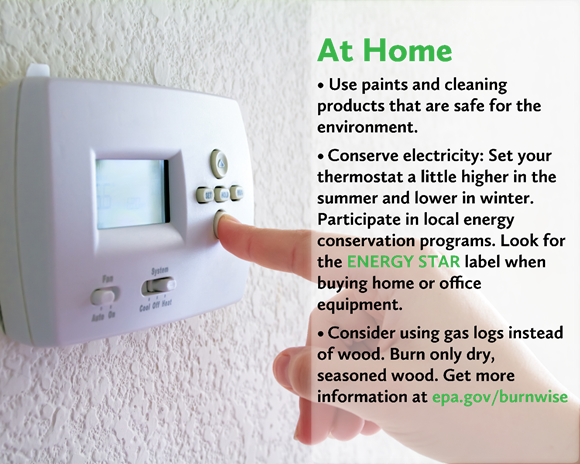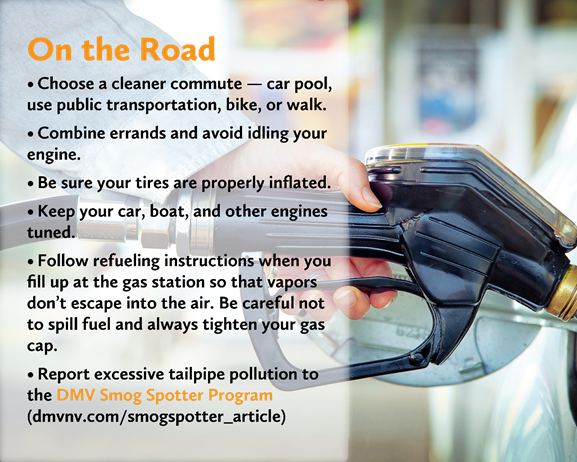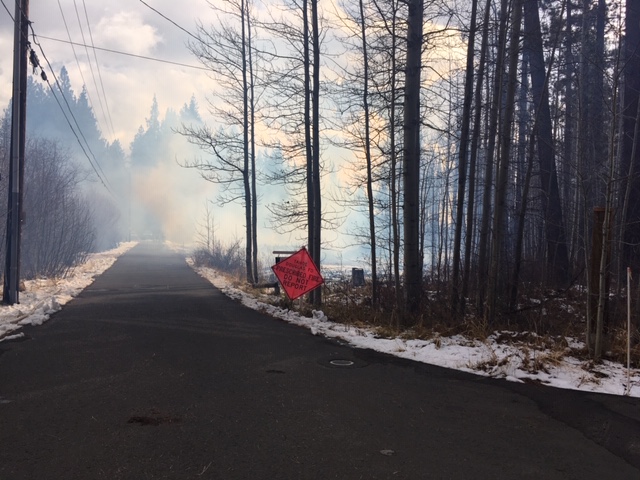Day 5: Educational Resources for Families and Teachers - Air Quality Awareness Week 2020

(This blog is the last of five in a series about air quality and your health. We encourage you to check the Air Quality Index (AQI) to decide when it’s best to be active outdoors. See part 1, part 2, part 3, and part 4.)
Today, we’re providing some resources that families and educators can use to help students learn more about air quality.
- AirNow Educational Resources
- AirNow Teacher’s Toolbox
- EPA Air Quality and Energy STEM Activities
- National Institutes of Health ToxTown
- National Geographic Classroom Resources
- TeachEngineering Air Quality
What can I do to help reduce air pollution in my community?



What if I want to collect my own Air Quality data?
Most often, government agencies like the Nevada Division of Environmental Protection (NDEP) use networks of bulky, pricey sensors to measure even tiny changes in pollution concentrations. But — like the smartphones in our pockets — even air quality sensors are getting smaller and costing less.
NDEP recognizes the value of portable air sensors. We believe that the engagement of Nevadans through community-based participation is key to monitoring and protecting our air.
How do I use a portable sensor?
Our team at NDEP, the EPA, and other public agencies are currently working to better understand how to use portable sensors.
In the meantime, here are a few suggestions and tips to keep in mind when using a portable air sensor:
- Be mindful of the weather. Portable sensors are influenced by temperature and relative humidity. A large change in your air quality reading may have more to do with an incoming thunderstorm than actual pollution concentrations. Keep track of weather conditions and pollutant concentrations to verify the presence of biases or measurement errors.
- Get a backup. If possible, always use two or more sensors in the same location. This may provide hints on their reliability.
- Compare your monitor. Try to compare the hourly measurements of your sensor with a nearby state, federal, or local official air quality monitor.
- Observe the area. Are there walls, high buildings, or trees that could block the free flow of air? This might make the air stagnate, inflate pollution concentrations, and block your sensor from measuring pollutants. Is your sensor near a BBQ or fireplace? If possible, mount the sensor in a shady spot out of direct sunlight. Keep it away from vents or other local sources of pollution — even that delicious hickory smoke from your BBQ grill!
- Watch for seasonal changes. Expose your sensor to air pollution in every season: to wildfires in the summer; in fall and winter when your community uses woodstoves; in spring with its relatively “clean” air. When doing this, ask yourself if your sensor is responding as you would expect it to.
- Build a community of clean air enthusiasts. Share your experiences with other users to compare readings and observations.
Portable air sensors can also be used to monitor smoke conditions during prescribed fires.
Environmental Scientists with the Nevada Division of Environmental Protection’s Smoke Management Program and Division of Forestry work to educate the public during prescribed fires like this one:
Prescribed fires are planned and managed fires that thin out heavily forested areas or other types of natural vegetation. By doing this, forest managers reduce the risk for much larger catastrophic wild fires and keep out forests healthy by minimizing the spread of insects and disease.. Weather and vegetation conditions for the dispersal of smoke are considered for when and where to burn, and prescribed fire smoke is generally less intense and of much shorter duration than smoke produced by uncontrolled wild fires.
We sometimes use portable air sensors to monitor smoke conditions during prescribed fires. For more information about NDEP’s Smoke Management Program, including prescribed fires and our portable or personal air sensor loan program, contact a member of our Ambient Air Monitoring Program.
Learn more:
- EPA Air Sensors Toolbox
- Air Quality Sensor Performance Evaluation Center
- Our World in Data – Air Pollution
Thanks for following us this week!
As Air Quality Awareness Week 2019 comes to an end, we want to remind you that air quality changes on an hourly basis. It’s always important to protect your health by “Checking the AQI & Getting Outside!” If you have additional questions, please contact our air quality team at NDEP.

